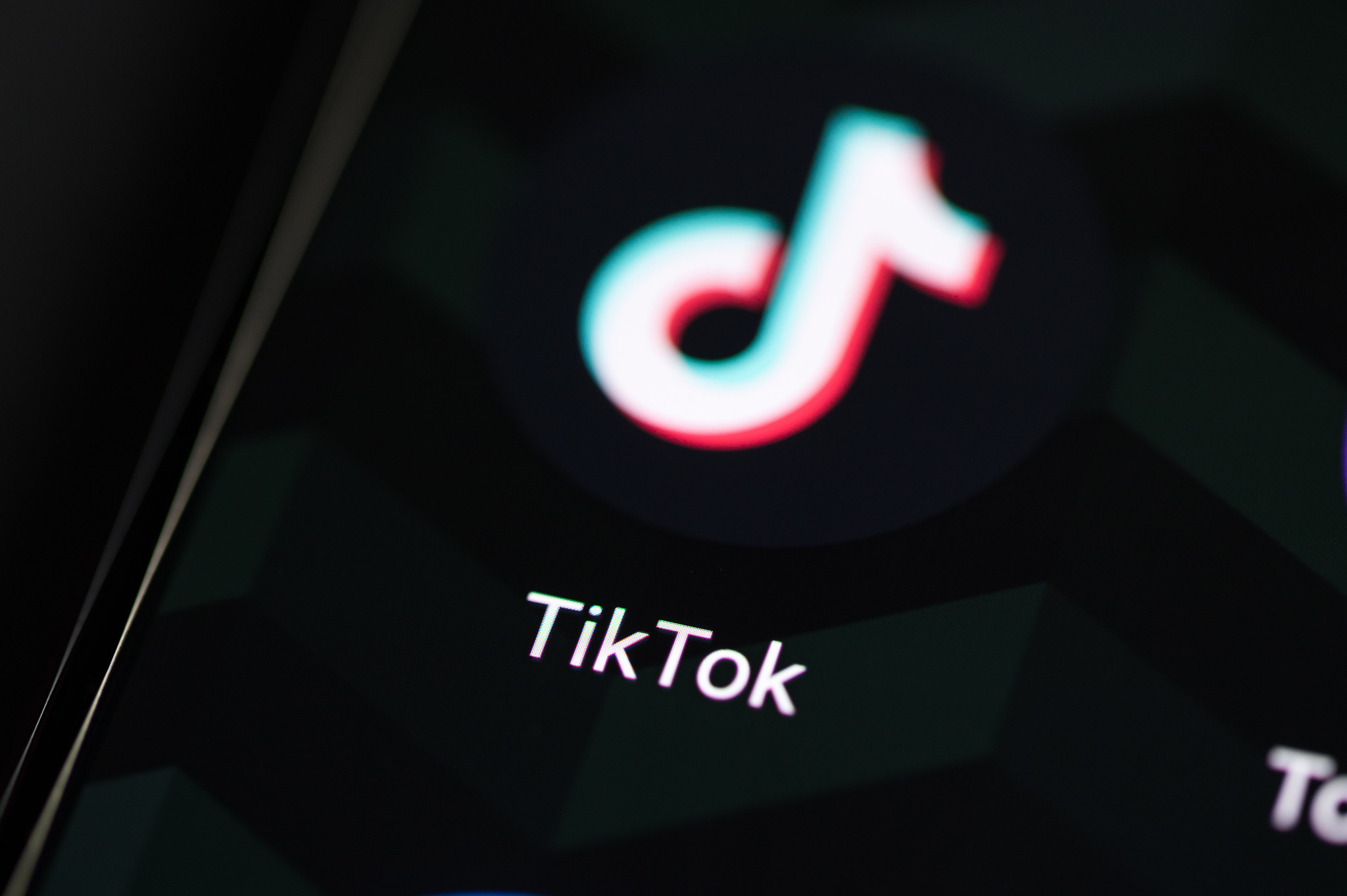Text Your Complaints in Real-Time with the New ‘Talk To The Manager’ Application
Restaurateurs and consumers, meet Talk To The Manager (TTTM), a new texting application that allows customers to anonymously and instantly give feedback to store and restaurant managers.
Never received your ranch dressing on the side? Did the bathroom run out of toilet seat covers? You can now let the manager know, in the same time it takes you to post those gorgeous food photos to Facebook and Instagram.
Pros & Cons for the Consumer
We all get frustrated with restaurant staff in one shape or form. Sometimes it’s because we haven’t eaten for six hours. Other times it ends up being a legitimate dilemma like being served allergy-ridden food after specific requests were made. TTTM allows for the instant gratification that at least the millennial generation craves, rather NEEDS, in order for us to purge our dissatisfaction and find a solution as quickly and efficiently as possible.
And with the increasing amount of people preferring to hide behind the curtain (AKA online dating, texting through a breakup, etc) this application plays right into the culture. Now you don’t need to flag down the server or scour the kitchen to find the managers, you can just text them.

One of the main problems we foresee is the continued encouragement towards customers to connect with others via various digital devices rather than communicate with people live at the table or in the establishment. We’ve all seen the table of four, each individual with the glowing spectrum of light emitting from their smartphones — Tweeting, Instagramming, texting and the like. Do we really want to encourage more of this?
Pros & Cons for the Restaurateur
TTTM has an interesting marketing premise:
Resolve complaints in private so they don’t end up on Yelp
There’s a reason why they single out Yelp — mainly because it’s the largest review site for their targeted potential clientele, but also because restaurateurs already have a love/hate relationship with the social site.
Sure, we’ve all heard the glamorous stories of establishments receiving the public acclaim they’ve always deserved. But what about the hundreds of shops, service providers and restaurants that don’t understand the concept of Yelp, only to end up loathing it because of a single negative review that has diminished a significant portion of their business.
Savvy Internet users have to remember that many business owners still have @aol.com email addresses and ask their children to give them lessons on changing their PC desktop and increasing text size on Internet Explorer 6. So do you think that they know how to claim their Yelp Business Page, add essential business information, respond to degrading posts and flag irrelevant posts for Yelp quality assurance? The answer is no.
So what ends up happening? Owners associate Yelp with the negative reviews because they don’t know any better and don’t know how to resolve the situation. Psychology is a huge factor in how small business owners interact with Yelp — negative comments tend to stick with us for a long time. Wait, what happens after that? Oh yeah, a Yelp Sales & Advertising representative then tries to sell the same business owner on premiere profiles, Yelp Deals and CPC advertising. Talk about not letting the wound heal.
TTTM is now capitalizing on negative Yelp sentiment to provide a product exactly for the business owner profile in the aforementioned. If you don’t want negative reviews, try fixing the negative experience before they go home and blog the experience to the world.
What this product provides that isn’t mentioned on the official website or promotional materials is a way to see how problems develop, and more importantly, see how management handles the problem and provides a solution. With TTTM, business owners are able to see the texts that go back and forth between customers and management representatives. But…
I’m also not so sure business owners will want managers checking their phones when they’re already trying to curb their social media/text addictions on the job. And once the signage is up in the storefront, displaying the App’s number for customers to text, customers will start expecting real-time responses. It’s inevitable. No one texts or chats with someone hoping they reply 30 minutes later. Therefore, restaurants would have to plan, strategize and train how exactly this technology would flow into each individual business.
Lastly, the pricing model for Talk To The Manager is based on the number of texts messages that are sent between customers and management. This means that there is an opportunity for abuse, specifically for the dreaded customer that nobody likes but painfully exists in every city and town in America. Those under-tipping, overly critical and exceedingly demanding customers will use every communication method imaginable to tell the entire world about their ‘repulsive’ experience. Expect the text messages from that customer to go through the roof.
Why Talk To The Manager Might Be Here to Stay
According to The Pew Research Foundation’s 2011 study on texting and social networking, 67 percent of the 265 million US cell phone owners, or 177 million total users communicate with text messaging, compared with the 50 percent of America or 155 million people using social networks. For the moment at least, text messaging is sticking around, even with more walkie-talkie applications becoming popular on Android and iOS.
Yelp’s creation of an under-served market may be its biggest downfall ($9.8 million loss reported in the first quarter of 2012).
Sure, the Yelp algorithms help keep customer service costs down, but trying to sell advertising to the same businesses that are receiving negative reviews seems like a flawed business model. Business owners will understand TTTM’s concept, but it will take a surge of popular retail establishments to jump on board to see if this application will exist in the long term.
After texting with representatives from TTTM (yup, they practice what they preach) the company is keeping quiet on an API. But I imagine that for internal restaurant purposes this could become really instrumental for large chain restaurants in the fast food, QSR and casual sit-down industries. With the right adaptation, this could become the Radian6 of real time data collection for real problems around the country. Companies could then make adjustments to their operations without an elaborate initiative to get feedback from their franchisees and operators.























